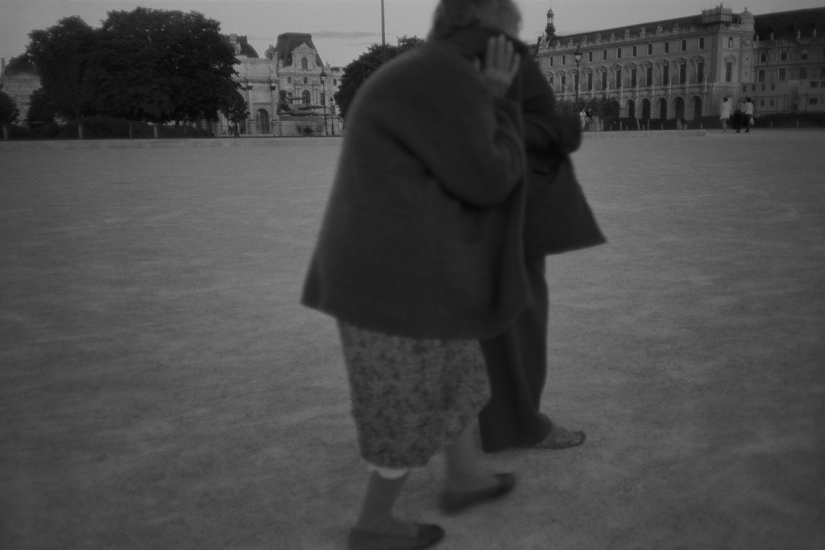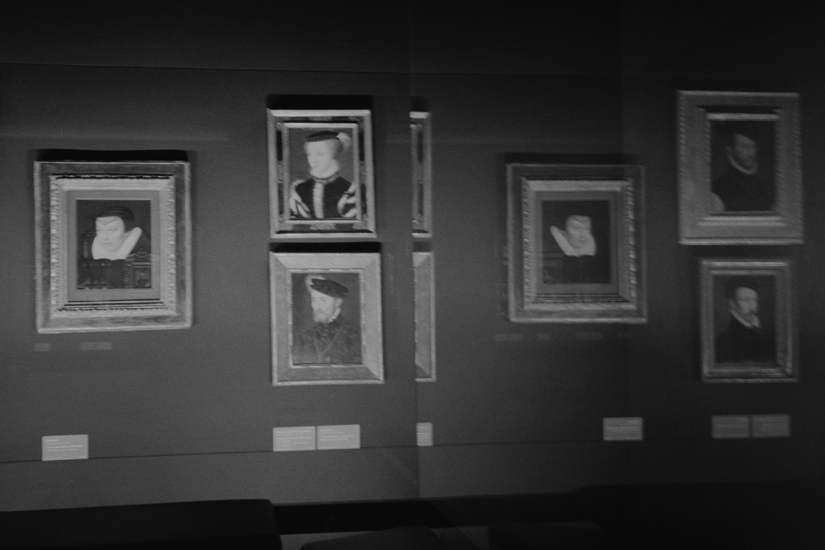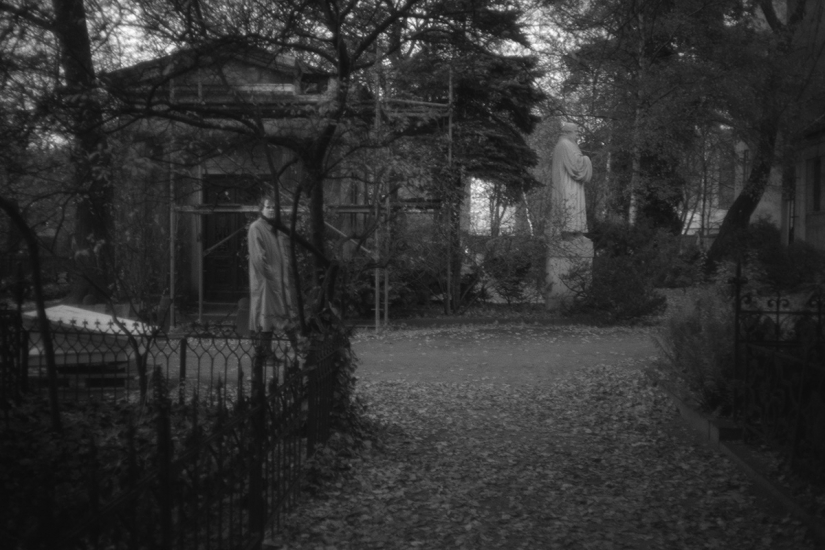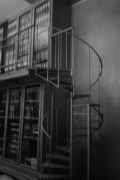2011 Inkjet prints /
Épreuves au jet d’encre
Statement / Démarche
Exhibition at the Olga Korper Gallery, Toronto, 2011
A PORTRAIT IS A STATUE IS A REPLICA
IS A CAMEO IS A PORTRAIT.
We all feel differently about being photographed, but to varying degrees we all love looking at photographs of other people. Facebook has given us another new form of looking at other people’s private photos: with something akin to guilty pleasure we expose, we pose, we look, we share and we like. What began for me as rumination on portraiture throughout various phases in my photographic career, turned out to be an exhibition about the very heart of the question of what makes us take on certain attitudes and poses in our daily lives, but especially in relation to photography.
Starting with the most recent portraits of people, more or less deliberately striking a pose, I have been trying to weave an intricate layering of questions with regard to the ambivalent nature of the relationship between model and photographer. Nothing new, just a series of contemplations on the nature of the different ways the environment and/or the space makes us read the situation of a person photographed, and more importantly, how small gestures and facial expression render the portrait acceptable or not. Essentially, I'm asking what gestures are we willing to invest with meaning within the realm of art making?
Quite a few of the photographs included in this exhibition show one or more people hiding, turned away from the camera, obscured. Stoic poses, statue like, are opposed with engaging yet indecipherable everyday performances. We are familiar with the small statue covering her pubic area, but do we know why we are observing a women looking into the sun bleached pit of a construction site, or why an elderly peasant couple crosses the square in front of the Louvre in the heart of Paris in their socks? These questions consider the various ways we elaborate the notion that some photographs are more worthy than others. They also reflect upon how our search for meaning gets thwarted by our expectations and wish to be surprised, bowled over, engaged with what we cannot describe we see and feel. Incongruity is only a beginning to a lengthy process of seeing, recognizing the links, and following the trail of clues we have learned to interpret when trying to understand what we see.













